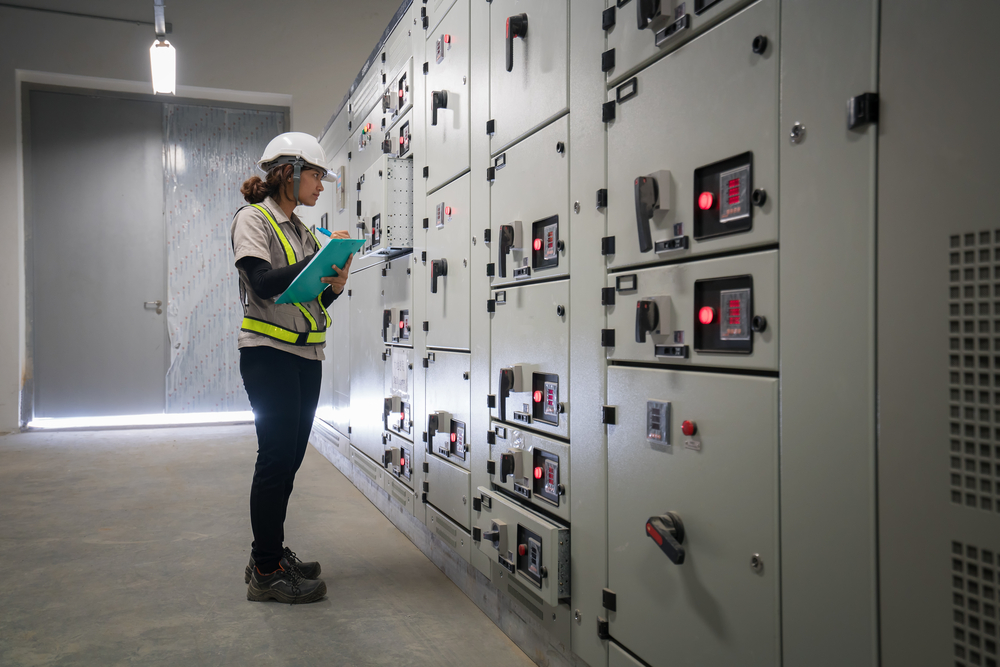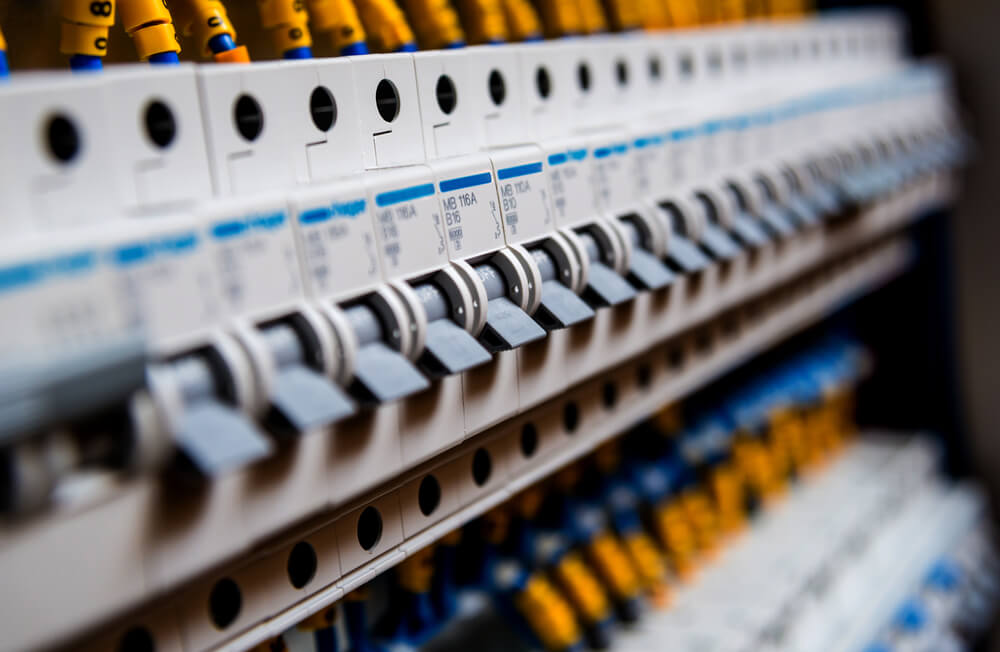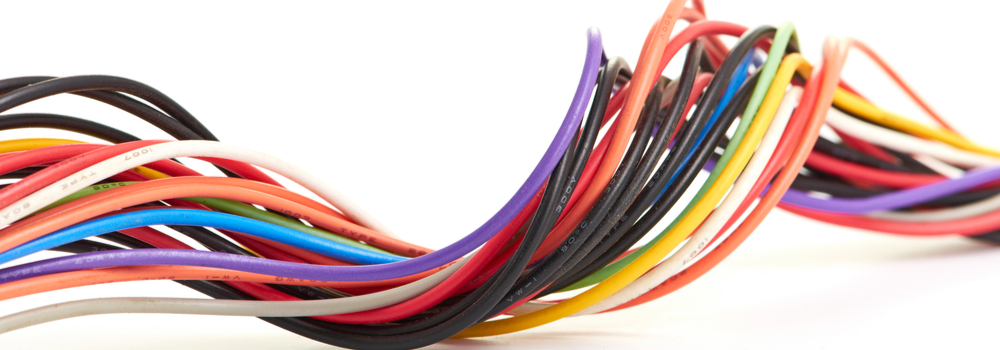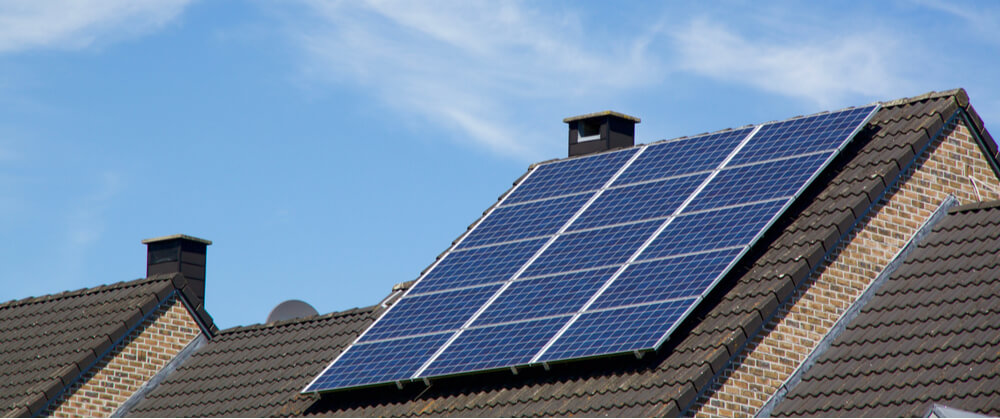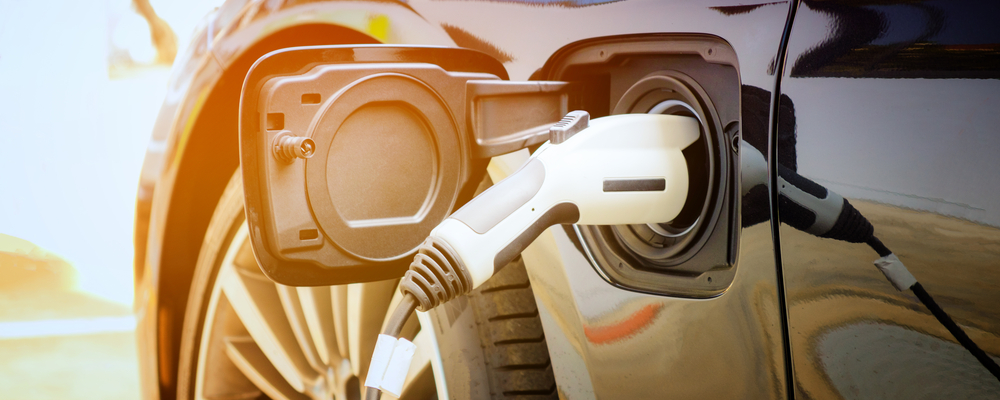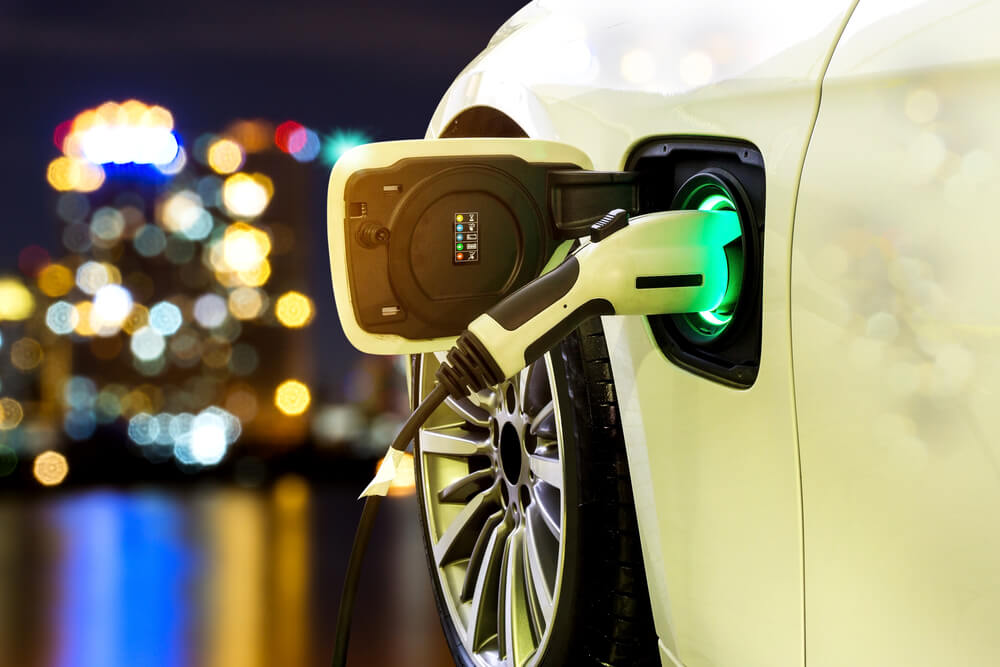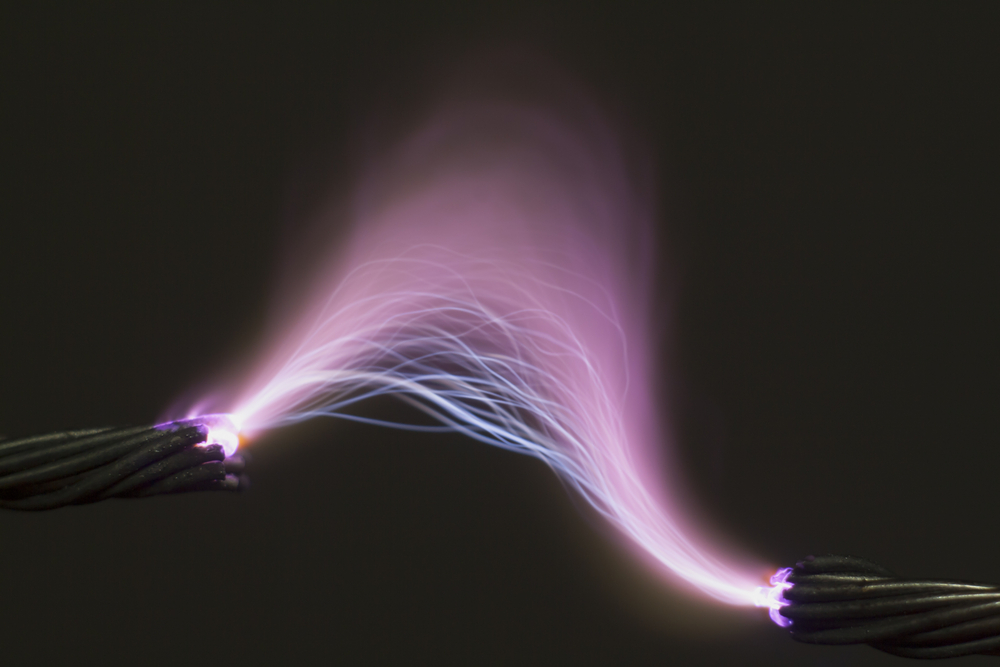Data is power: what you need to know about PoE

To thrive in this new environment, electrical designers and installers will need to have a solid grasp of the frameworks, lexicons, protocols and regulations surrounding PoE and IoT networks.
The rapid digitisation of industry, smart buildings, data centres, and energy grids offers businesses huge potential to turn data into business opportunity.
By the end of 2018, there were an estimated 22 billion Internet of Things (IoT) connected devices in use around the world around the world, while Industrial IoT (connected devices in factories, warehouses etc.) is expected to add an astonishing £10.7 trillion to the global economy by 2030.
Manufacturers are now producing PoE systems that minimise power losses across the length of the power chain
Two in one
For the electrotechnical sector, Power over Ethernet (PoE) technology offers a number of benefits. PoE means passing electrical power through an Ethernet cable alongside data. Devices which are PoE capable can therefore be connected to both a power source and a network through a single cable (see box: the benefits of PoE).
With IoT networks predicted to grow exponentially, power and data infrastructures will become increasingly complex. Clients will very soon need a solution that converges both power and data – which is why PoE will most likely shape the network ecosystem of tomorrow.
The Benefits of PoE
Intrinsically safe as it utilises (Safety) Extra Low Voltage
Run one cable instead of two
Avoid cost of installing additional power sockets – save CAPEX and OPEX
Use existing network cable as a power supply
Quick, safe and easy to install
Environmental benefit – more efficient use of materials and power
Possibility of adding power usage analytics
To thrive in this new environment, electrical designers and installers will need to have a solid grasp of the frameworks, lexicons, protocols and regulations surrounding PoE and IoT networks.
Poised to do more…
Although PoE has been around for some time, until recently the technology was only capable of powering small devices with a low power demand of 15.4W to 30W, such as keypads, telephones, or alarm systems.
However, the last few years have seen PoE technology develop to such an extent that one cable can provide up to a 100W of power as well as high-speed data exchange, extending the reach of PoE to computers, televisions, high-power wireless networks, LED lighting, and more.
Clients will very soon need a solution that converges both power and data
Eventually, PoE is set not only to underpin the expansion of the Internet of Things (IoT), but it may go on to encompass the industrial, commercial and domestic sectors.
The graphic below shows how PoE Standards have evolved over the years, from IEEE 802.3af or Type 1, with a power budget of 15.4W per device, to IEEE 802.3bt or Type 4, with a power budget of 90-95W per device...
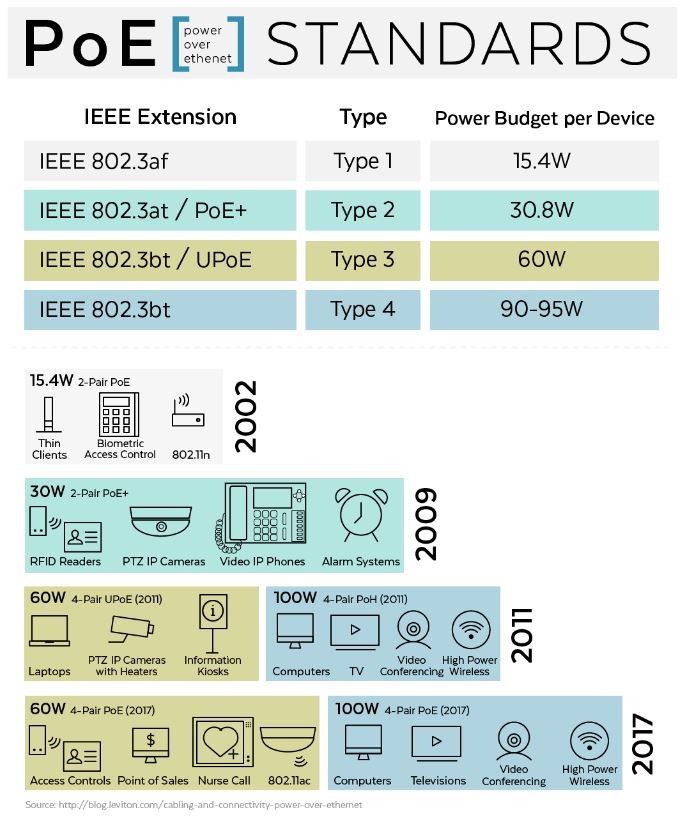
Progress with PoE is continual. Manufacturers are now producing PoE systems that minimise power losses across the length of the power chain, from conversion at the PoE power sourcing equipment (PSE) output, through to delivery to the powered device (PD), and conversion back to the various required voltages.
Furthermore, significant efficiency (and cost) savings are possible when PoE is used on IoT networks in Building Energy Management Systems – a key consideration for building managers and electricians alike.
Contractors should ensure they are in a position to advise clients on how to effectively utilise PoE
More (DC) power to you…
The electrotechnical JPEL/64 BSI Committee continues to work for the inclusion of DC power over IT cables for Part 7 of the Wiring Regulations (BS 7671). ECA is closely involved in this work, and we will update ECA Members and ECAtoday readers as we make progress in this increasingly important arena.
To make the most of this emerging market, contractors should ensure they are in a position to advise clients on how to effectively utilise PoE in their buildings.
For more ECA resources on PoE, data cabling, smart building and more, please visit our technical bulletins page and our Smart Buildings route to membership page.
Are you up to date with ECAtoday?
ECAtoday is the official online magazine of ECA and reaches thousands of people within the electrotechnical and engineering services industry.






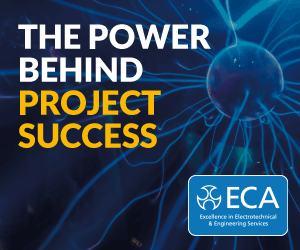
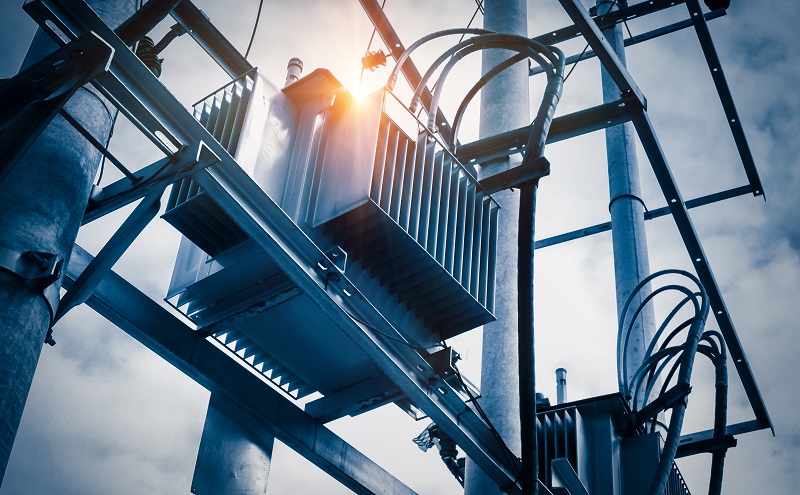

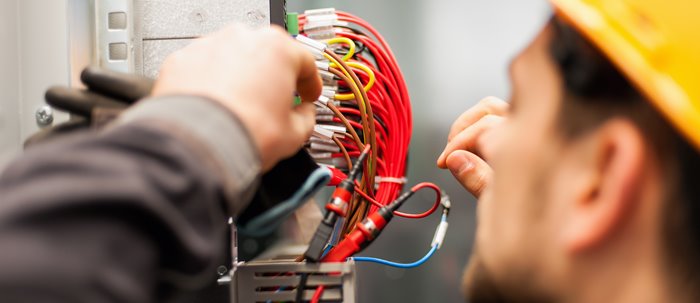
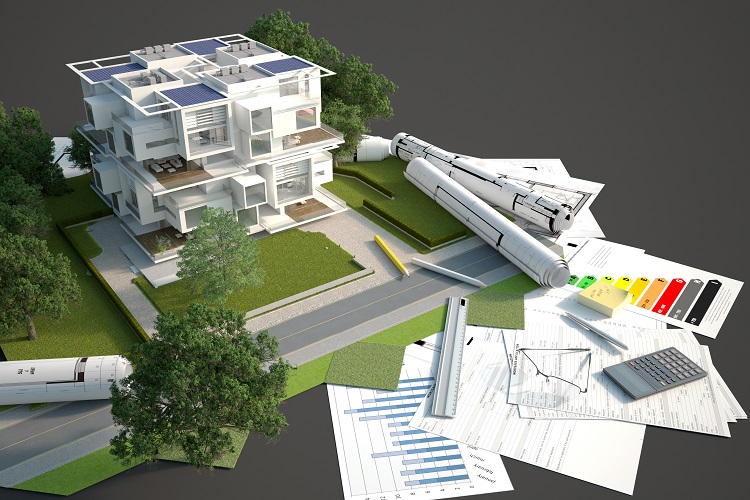
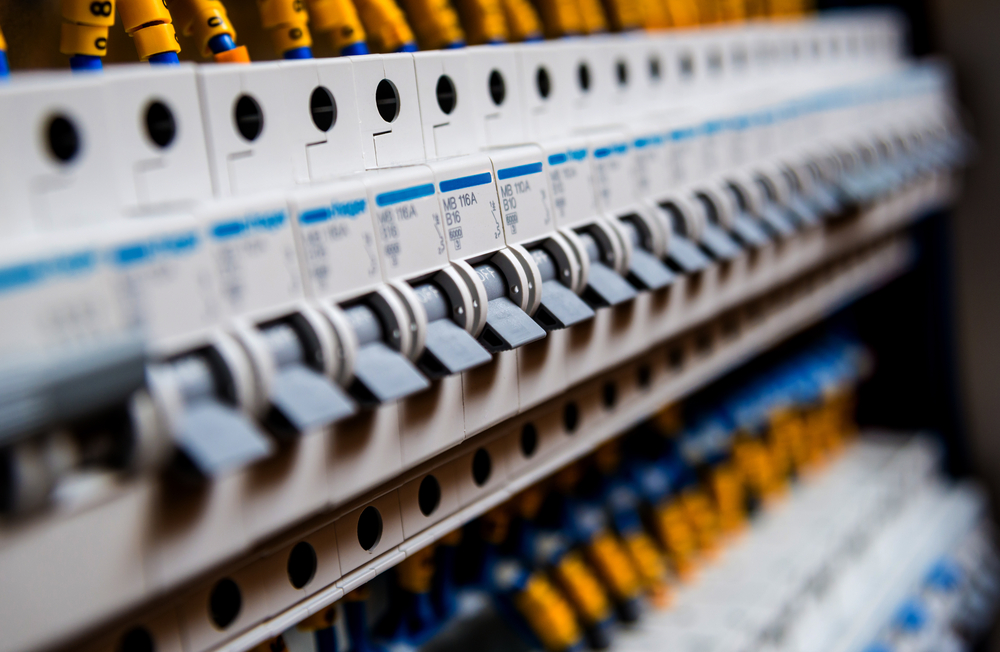
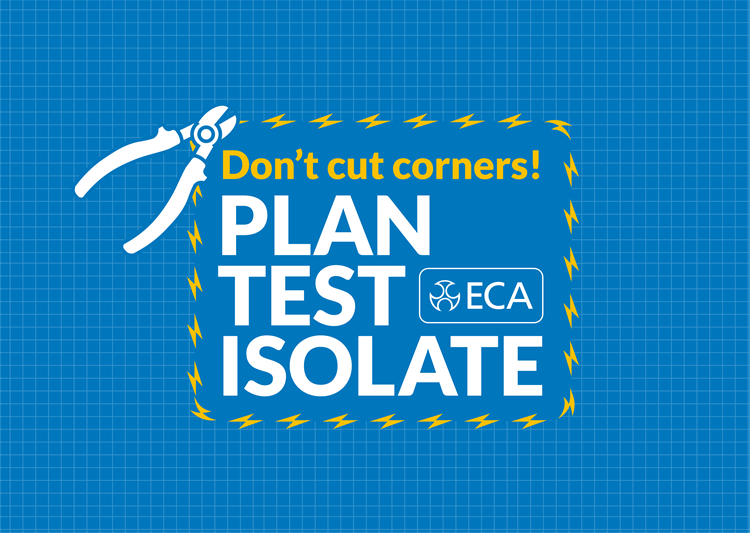
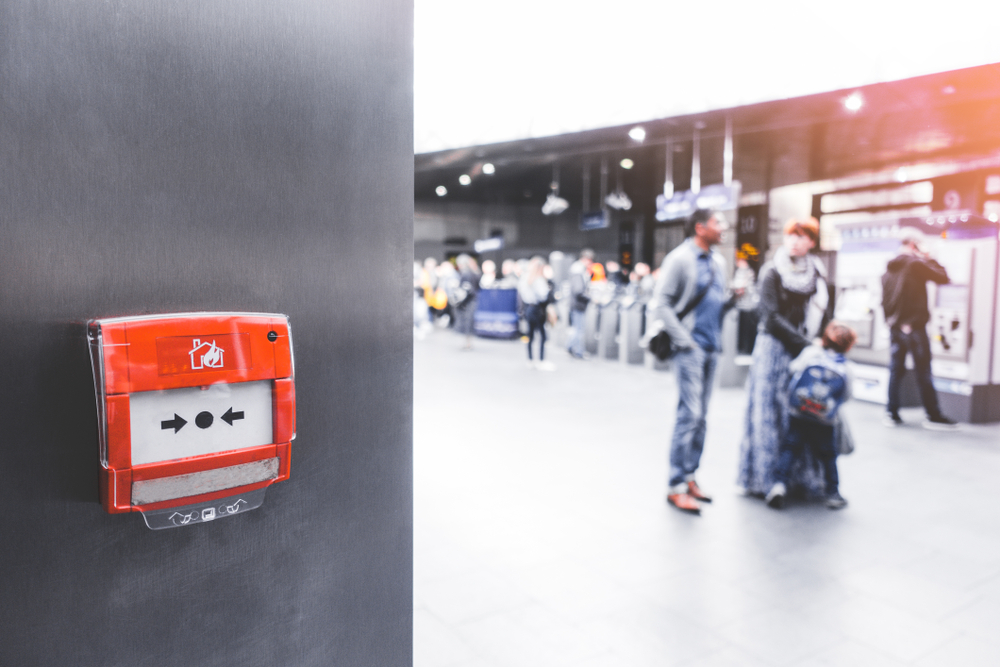
.jpg?width=1000&height=667&ext=.jpg)
